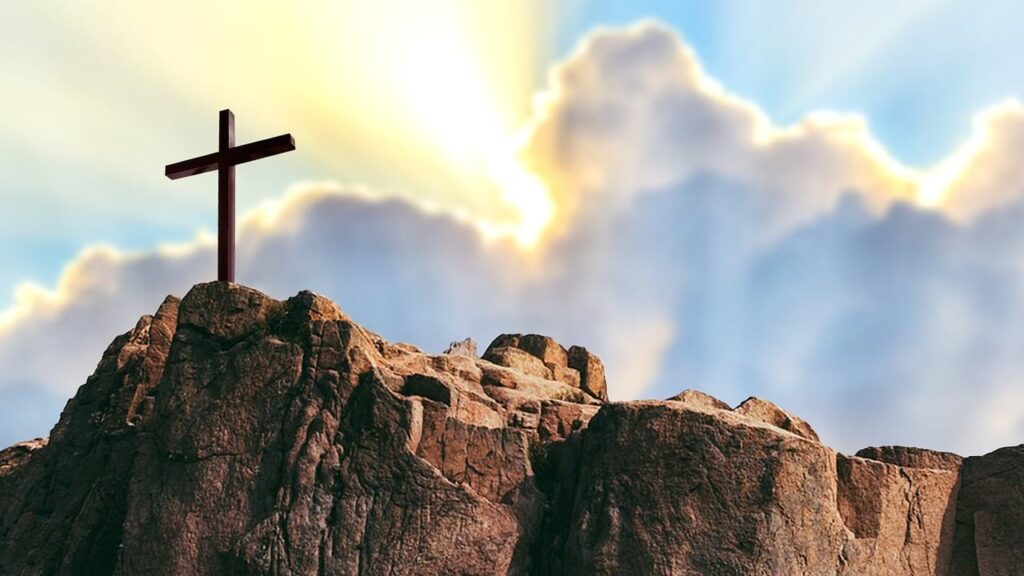
Good Friday
What happens on Good Friday is not a celebration, but rather a celebration. Jesus' crucifixion is what is noticed and this day is traditionally gray and mourning. Symbols of grief have historically emerged during Good Friday. Here we have seen black clothes, closed shops, avoided contact, very simple restricted food or even fasting. It was illegal for a while to have fun on Good Friday. Dancing, taverns, cinemas, bingo and football matches were all banned. Even further back in history, we also see that they have whipped each other with rice, to remind themselves of Jesus' suffering. In modern times, suffering has been withdrawn. Nowadays, it is allowed and legal to do what you want on Good Friday, but many insist on limiting themselves.
In the Church's attention on Good Friday, a service is held in the morning, close to the ninth hour in which Jesus died. No music is played, all signs of joy are gone and hymns are sung. The only decoration is five red roses that adorn the altar, which are symbols of the wounds Jesus received when he was crucified.
Easter Monday
This is the day when it is celebrated that Jesus appeared to his disciples, after dying on the cross and coming back to life. Easter Monday is the day after Easter. On Easter day, Jesus' tomb was examined and it was discovered that it was empty. The next day, Jesus began to appear to his disciples. Easter Monday is a day in Christianity that helps to establish that there is a hope for a life after death, together with God, because Jesus shows that death can be defeated. The second day of Easter is of course happier than Good Friday and this day is without special regulations for joy. In the folk home, there is usually leftover Easter food, family may gather and eat together on Easter Eve without further meaning for Jesus and his disciples.
